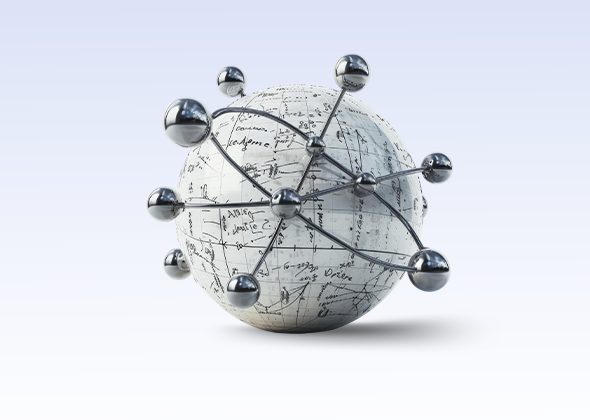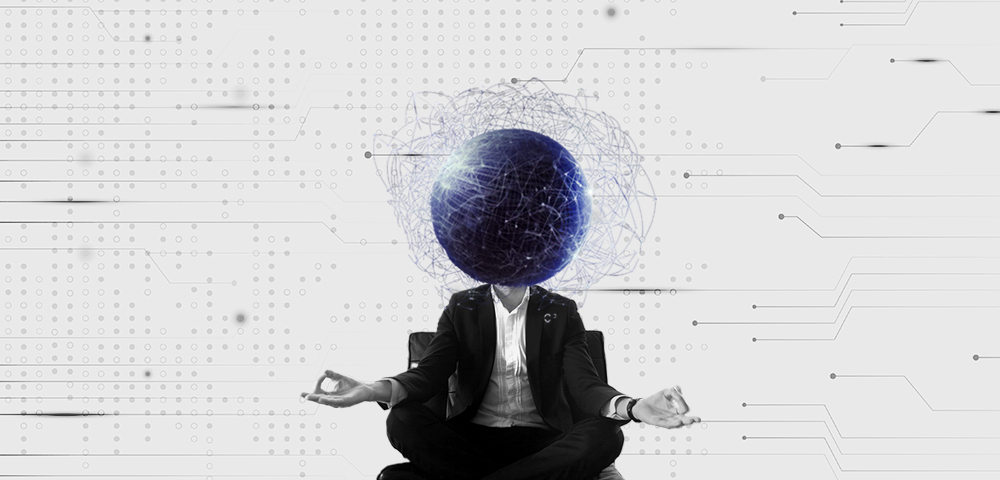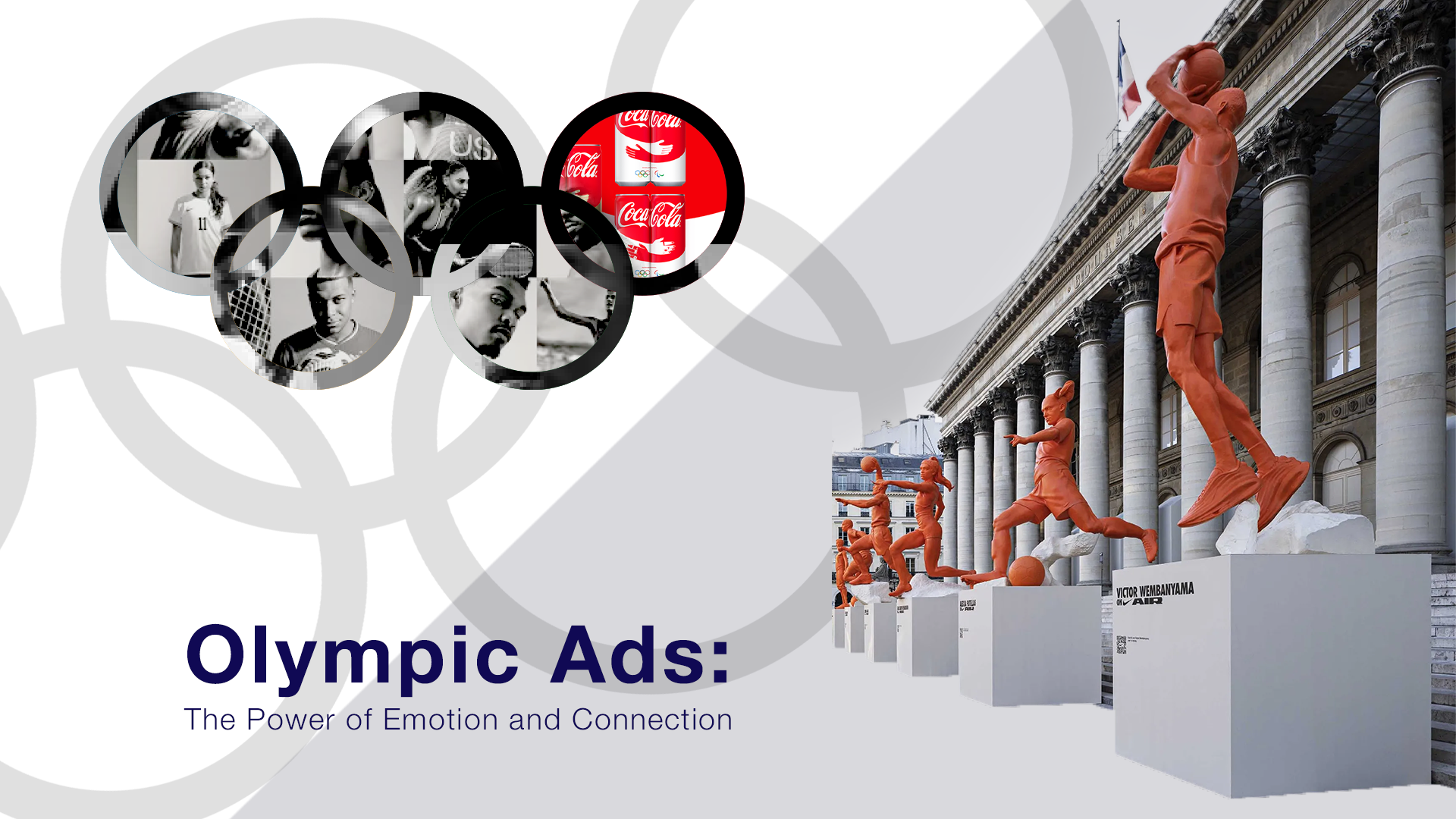To Communicate Your Data Effectively With Others, First Communicate With It Yourself During World War II, the Allies faced a critical decision: how to armor their planes for maximum protec...
Why is it that in some organizations, the boss is on a pedestal, while in others, they're just a colleague at the next desk with a fancier title? Throughout our lives, we're constantly surrounded by p...
As the world increasingly transitions to a digital landscape, businesses are compelled to adapt, evolve, and navigate a rapidly changing environment. This raises a critical question: "Are you drinking...
It's hard to find a black cat in a dark room, especially if it isn't there. Confucius I first heard the phrase “Are we looking for a black cat in a dark room?” during a discussion amon...
Did you know that nearly 60% of employees report feeling emotionally drained by the end of each workday? With the evolution of the labor market, focusing on employee well-being has ceased to be a luxu...
When it comes to powerful storytelling in advertising, few stages are as prominent as the Olympics. Brands like Nike and Coca-Cola have long understood the value of emotional connection during such hi...

 27 october, 2024
27 october, 2024

 25 october, 2024
25 october, 2024

 16 september, 2024
16 september, 2024

 26 august, 2024
26 august, 2024

 19 august, 2024
19 august, 2024

 14 august, 2024
14 august, 2024